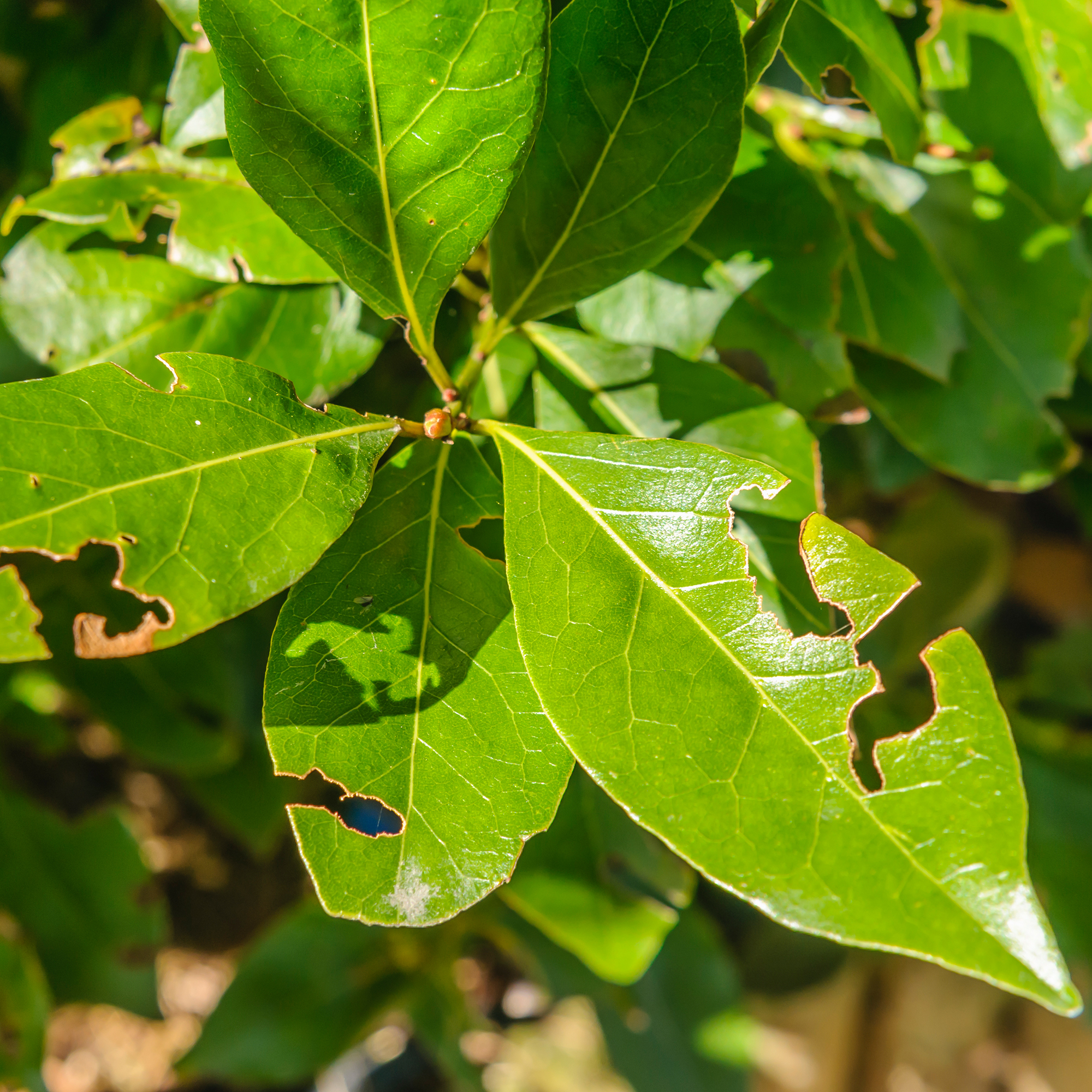
Every day, it seems as though there’s a new pest threatening to eat our beloved plants and home-grown crops. And if you’re currently struggling with an infestation of beetle-like critters, you’ll want to know how to get rid of vine weevils.
Ironically, nothing ruins a garden idea quite like Mother Nature herself. And while you may focus most of your attention on getting rid of slugs, you also need to be on the lookout for vine weevils. These critters can be found anywhere, but they’re particularly problematic within a container garden as vine weevil larvae hide themselves among the pots and compost.
You’ll be happy to know that you don’t need harmful chemicals to get rid of vine weevils, though. There are many natural methods, and we’ve consulted with the experts to help you say goodbye to these pests once and for all.
How to get rid of vine weevils
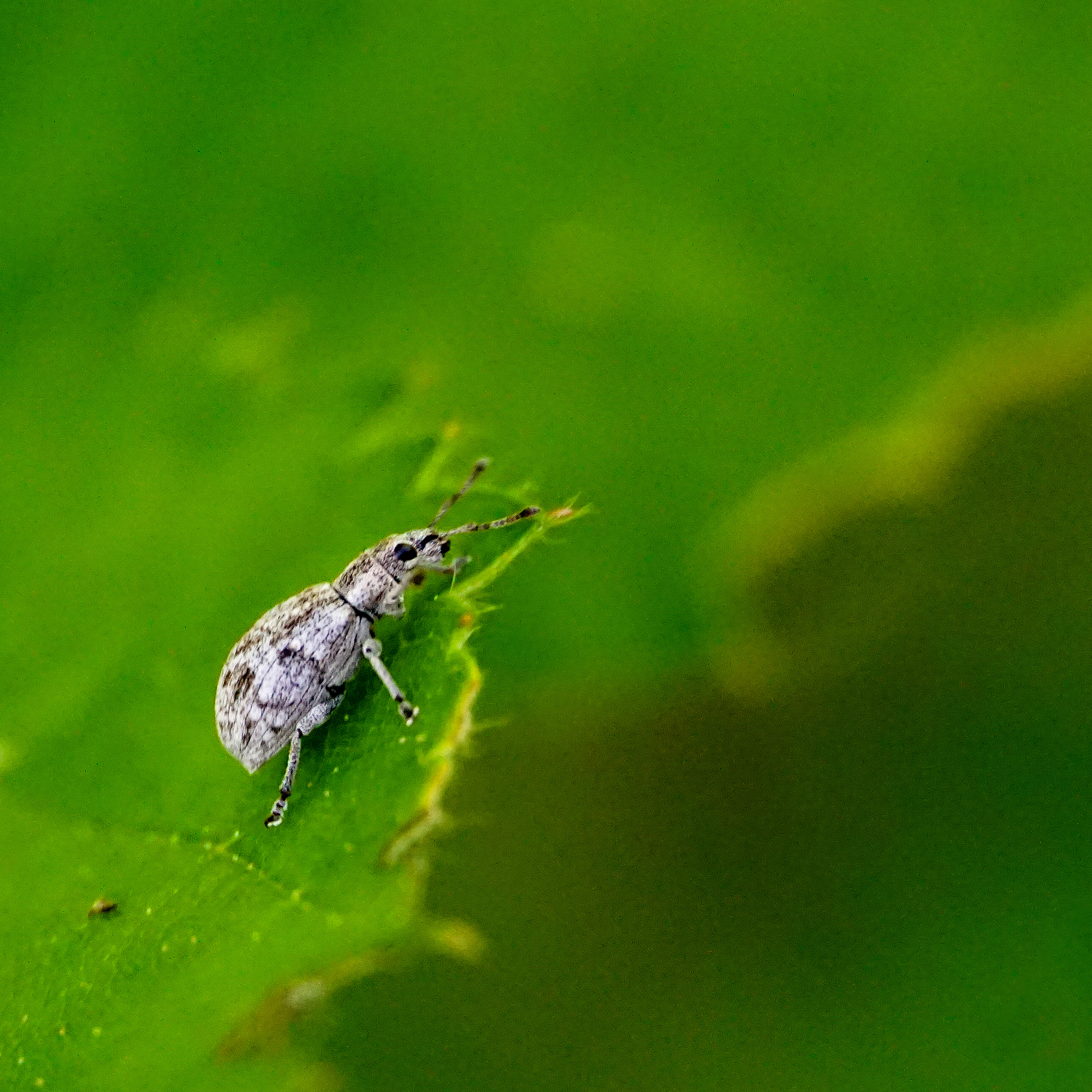
‘Vine weevils are small, black, parthenogenetic beetles with yellow markings on their wing cases, commonly found in the UK and Western Europe,’ explains Daniel Steward, managing director of Shield Pest Control.
‘These pests are known to cause damage by their larvae attacking the roots of plants and shrubs.’ So, if you want to protect your plants, you’ll need to know how to get rid of vine weevils.
1. Remove them manually
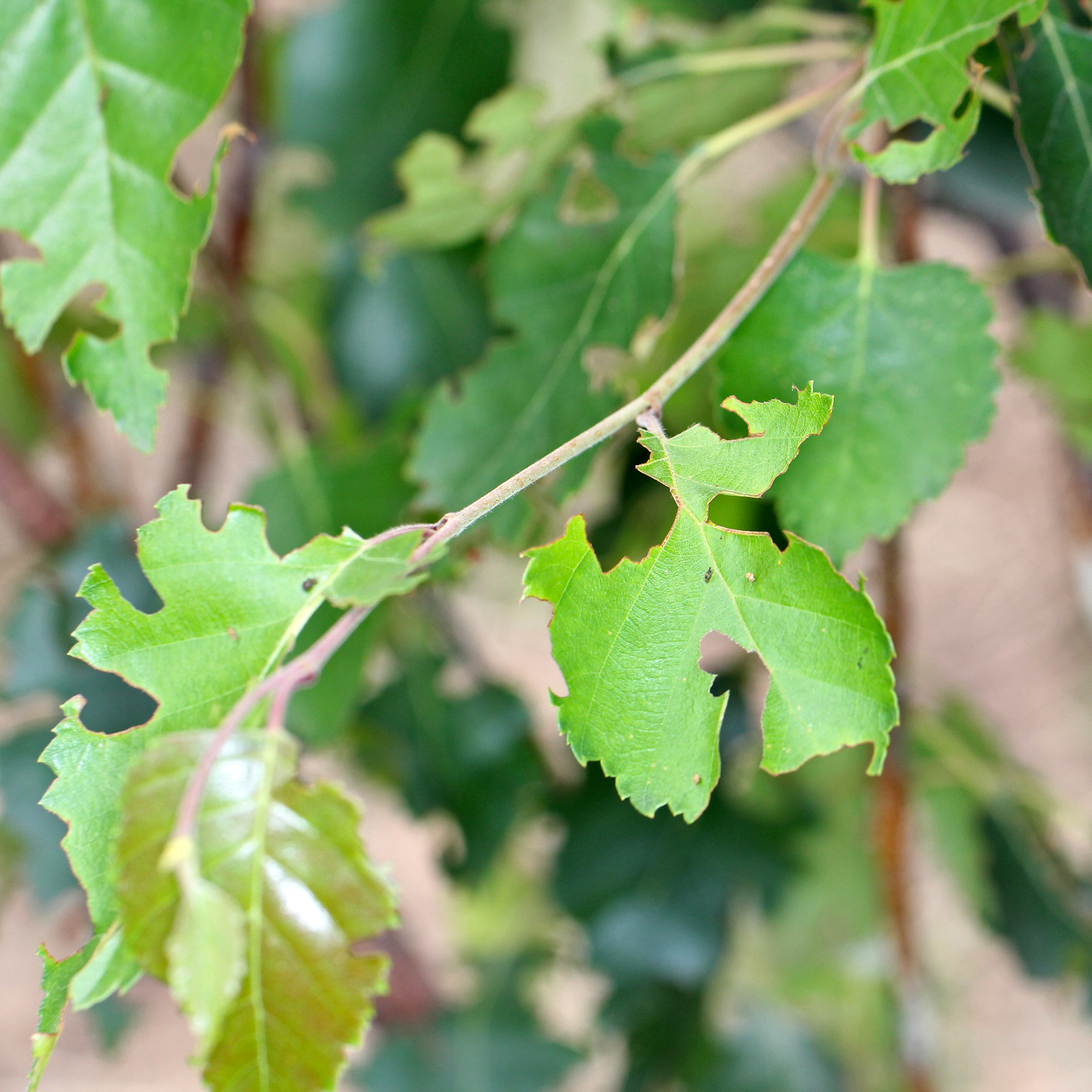
While you can buy insecticides to keep vine weevils away from your plants, these chemicals can also negatively impact other wildlife in your garden - not to mention the plants themselves. Because of this, we’d always suggest choosing natural methods, and there’s nothing more natural than using your own hands.
‘During the warmer months, you can manually remove adult vine weevils from plants if the infestation seems to be small,' says Daniel.
For the best chances of success, head out into the garden in the evenings, as this is when vine weevils are most active. Wear gloves during this process and pick off as many as possible before moving them elsewhere.
If you can’t quite reach the vine weevils, grab some newspaper and place it underneath the affected plants. Then, give them a little shake and watch as the vine weevils fall onto the paper.
During this stage, you should also aim to remove the young grubs. However, this is often more difficult as these grubs typically bury themselves in the compost where they can’t be seen.
If you suspect you have vine weevil grubs infesting the soil of your plants, it’s best to incorporate another method to get rid of them.
2. Use nematodes
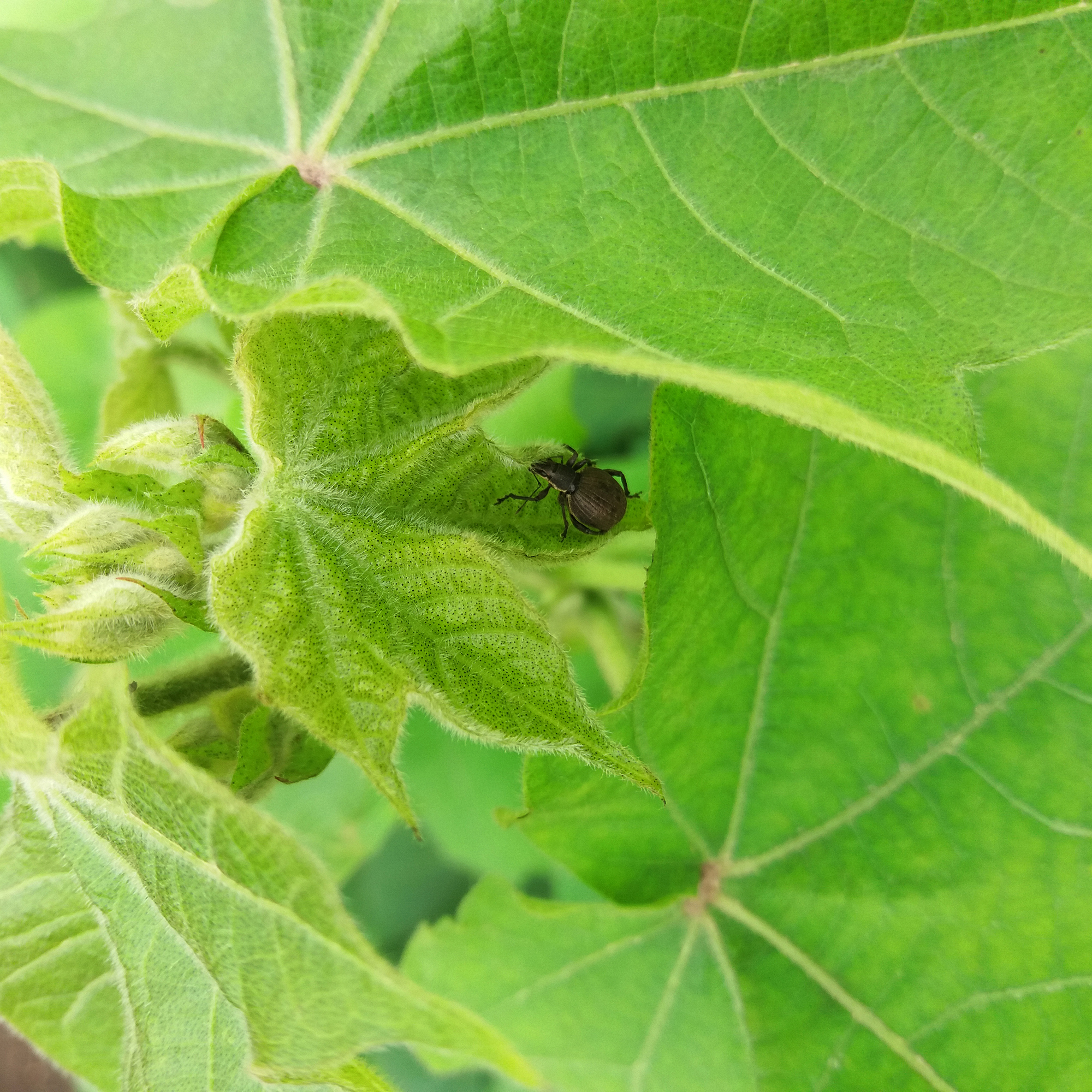
Nematodes are a very popular form of pest control, and there are so many ways to use nematodes - from getting rid of leatherjackets to box tree caterpillars. Thankfully, these microscopic creatures (a bit like worms) are also effective at getting rid of vine weevils, as long as you choose the correct variety.
‘Nematodes are applied directly to soil where they seek out its intended prey, and attack by entering the body of the pest through natural openings,' explains Matthew Martin, from nematode producer Nemasys.
‘Once inside, nematodes release a type of bacteria which ultimately kills the host beneath the soil. When pest populations have declined, the nematodes die off and return to normal levels naturally found underground.’
However, to ensure the success of this process, you must follow strict rules when applying nematodes to the soil.
Nematodes function most effectively within a specific soil temperature range, typically between 5°C and 30°C, depending on the species being used,' advises Michael. 'Additionally, it’s recommended to apply them when UV light levels are low, making morning or dusk the optimal times for application.’
To apply, all you need to do is mix your nematodes in a watering can and then water your affected plants as you normally would. Then, simply reapply every few months - or according to the direct instructions on the packet - to keep the vine weevils at bay.
These nematodes can be used to kill vine weevils anywhere in the garden, and they can even be used on crops such as strawberries and herbs without affecting the flavour.
You have a choice with these nematodes. You could either opt for the 50sqm packet, or go larger and choose the 100sqm packet. Either way, all you need to do is mix them in water.
This particular packet is big enough to treat 12sqm - which equates to around 210 pots. It's best applied between March and May, with a second application in August to October.
3. Create a barrier

One thing that makes vine weevils easier to control than other critters - for example, cabbage root flies - is the fact that they can’t fly. This means that they rely on barrier-free surfaces to crawl to your favourite plants, and it’s easy for us to infiltrate these surfaces.
In fact, a great way to get rid of vine weevils is to create a barrier between them and your plants. There are a few ways to do this, too. You could use:
- Diatomaceous earth: If you sprinkle this stuff around your containers, around your raised beds, or anywhere else around your plants, you should be able to keep the vine weevils at bay as they will struggle to crawl across it. If they do, it can create abrasions in their exoskeletons and ultimately cause them to dry out.
- Insect glue: This is something that you should always have on hand if you struggle with the critters in your garden, as it’s extremely effective in getting rid of pests. In this instance, it will trap the female vine weevils before they can lay their eggs - ultimately reducing the population drastically. Simply smear it over some parcel tape and stick it around containers or garden borders.
- Insect glue barrier: This product works in a very similar way to insect glue, but it’s more of a ready-to-use product that can be wrapped around taller shrubs and trees. Simply stick it around your affected plants and you’ll be able to stop vine weevils in their tracks.
This 1kg bucket of Diatomaceous Earth will not only help you get rid of vine weevils, but will help you keep all kinds of pests away from your beloved plants.
If you have a mastic gun lying around the house, this insect glue bottle will fit it perfectly. This means that you can apply it anywhere in your garden to create a barrier for the vine weevils.
This glue barrier can either be placed around pots or trees, or cut up into smaller sections to place around your garden to get rid of vine weevils. It's self-adhesive, so there's no fuss (or mess) required.
4. Encourage natural predators

If your dream is to turn your garden into a wildlife garden, you’ll be happy to know that a wildlife garden won’t just add £30K to your house value - it’ll also help you get rid of vine weevils.
Yes, if you encourage more wildlife in your garden, you’ll also be encouraging the vine weevil’s natural predators. And these natural predators will get rid of vine weevils without you having to lift a finger or get your hands dirty.
John Clifford, a garden expert from Gardenstone, suggests, ‘Encourage birds, frogs, and beetles that feed on vine weevils by creating a more wildlife-friendly garden. You could provide pretty habitats such as ponds, log piles, and even simple bird feeders to attract these natural predators and reduce vine weevil damage.’
These predators should eat everything from the mature critters to the younger shrubs, and making your garden more hedgehog-friendly wouldn’t go amiss, either.
This hedgehog house will definitely help to bring in these natural predators. Not only is it strong and cosy, but it's also rainproof so the hedgehogs can protect themselves from the elements.
If you want to encourage the birds to eat the vine weevils, a bird feeding station will come in very handy. This one even comes with a bird bath.
If you've always wanted a pond but don't want the hassle that comes with it, this barrel mini pond is an easy alternative. There's no electrics or faff required - just a bit of water.
5. Remove their favourite plants
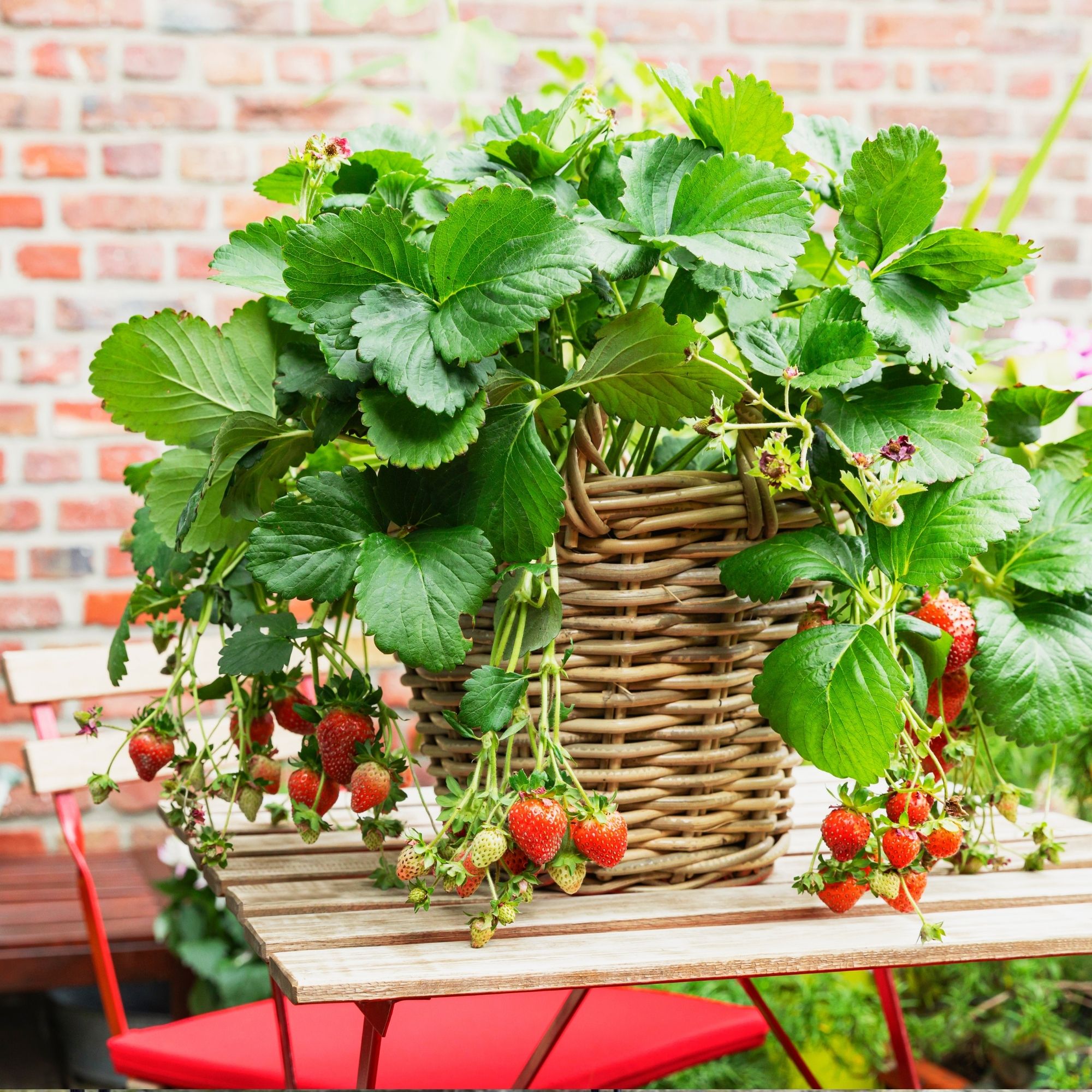
Just as there are many plants that slugs hate, there are also many plants that vine weevils hate. So, you can use these to your advantage when trying to get rid of vine weevils.
These critters are particularly attracted to herbaceous plants and shrubs, such as hydrangeas, rhododendrons, ornamental plants, and fruits. They have a particular taste for strawberries, so you should always watch out if you’re growing strawberries in pots.
Ideally, you should remove these plants from your garden until you get your vine weevil infestation under control and replace them with plants that vine weevils don’t like. These are typically plants with a strong smell, such as lavender, mint, and geraniums.
If you don’t want to remove these plants from your garden, you don’t necessarily have to. You’ll just need to make sure that you’re on top of your vine weevil removal methods.
If you want to take immediate action to get rid of vine weevils, plant these live geraniums near your affected plants and wait for them to work their magic.
You can never have too much lavender, right? This hardy plant is ready to be planted, and will instantly up the fragrance factor in your garden.
Featuring six different herbs, this set will allow you to start off your herb garden while also warding off vine weevils in the process.
FAQs
How do you dispose of soil with vine weevils?
Vine weevils can pose a serious and continuous threat to your plants when the larvae bury themselves in the soil.
John Clifford from Gardenstone says, ‘If you have vine weevil larvae, turn over the soil around your affected plants and look for them. You should then remove and destroy them, which will help to reduce their numbers and the damage they are causing.’
If you can, you should then dispose of the soil with vine weevils in the bin and avoid putting it on your compost heap, as this can make the situation worse.
However, you won’t need to do this if you use a biological pest control method such as nematodes, as this should kill the mature vine weevils and the young larvae at the same time.
What time of year do vine weevils lay eggs?
Vine weevils lay their eggs between summer and early autumn, and the eggs will then hatch the following spring. Because of this, you should aim to get rid of vine weevils - and their eggs - during this period. This will stop the eggs from hatching and ultimately reduce the numbers in your garden next year.
Well, there you have it! That’s how you get rid of vine weevils.







